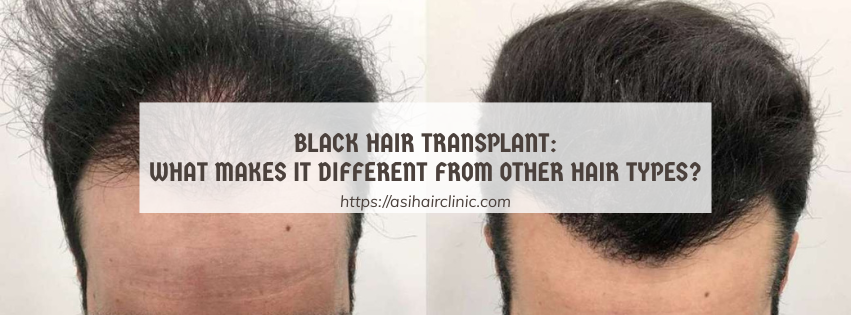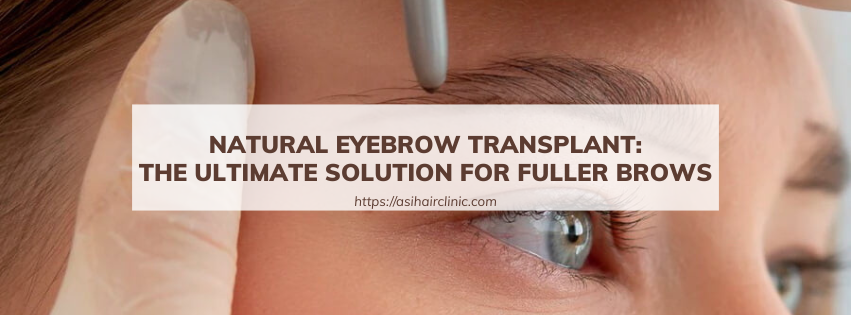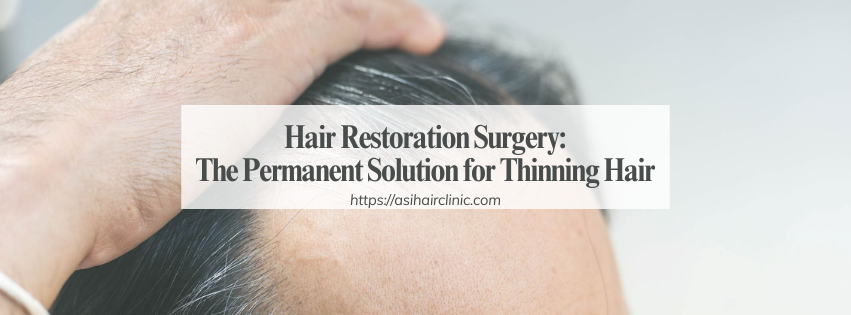Norwood Scale: Decoding the Stages of Male Pattern Baldness
Male pattern baldness, also known as androgenetic alopecia, is a prevalent hair loss condition that affects millions of men worldwide. Characterized by a gradual thinning and receding of hair, primarily on the crown and hairline, it results in a distinct pattern of hair loss that can be distressing for many individuals. To understand and track the progression of this condition, dermatologists and hair loss specialists utilize a widely recognized tool called the Norwood Scale. This article will delve deep into the Norwood Scale, providing a comprehensive guide to its stages, identifying the key characteristics of each stage, and offering insights into treatment options and management strategies.
1. Understanding Male Pattern Baldness
1.1. What is Male Pattern Baldness?
Male pattern baldness is a genetic condition that leads to hair loss in men. It is primarily influenced by hormones, particularly dihydrotestosterone (DHT), which is derived from testosterone. DHT binds to androgen receptors in hair follicles, leading to their miniaturization and eventual cessation of hair production. The result is a progressive thinning of hair, often starting at the temples and crown before spreading across the scalp.
1.2. Causes of Male Pattern Baldness
The primary cause of male pattern baldness is hereditary factors. If your family has a history of hair loss, you are more likely to experience it yourself. Other contributing factors include hormonal changes, stress, nutritional deficiencies, and certain medical conditions. While male pattern baldness is not a health threat, it can have psychological effects, impacting self-esteem and confidence.
1.3. The Psychological Impact of Hair Loss
Hair loss can significantly affect an individual's mental health. Many men associate a full head of hair with youth and attractiveness, making hair loss a source of anxiety and depression. Studies have shown that men experiencing hair loss may feel less confident in social situations and may even avoid dating or public appearances. Understanding the emotional toll of male pattern baldness is crucial for addressing the issue holistically.
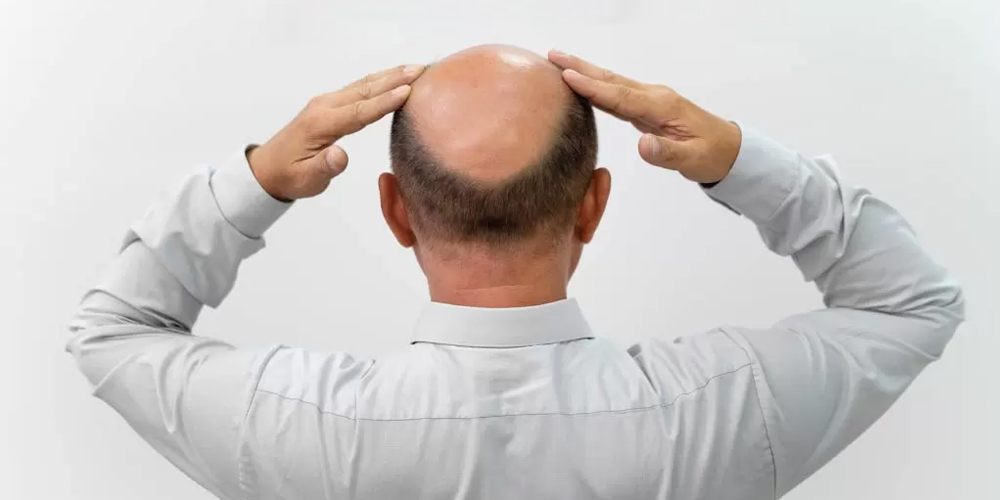
2. The Origin of the Norwood Scale
2.1. History of the Norwood Scale
The Norwood Scale was developed by Dr. O'Tar Norwood, a dermatologist who first described it in 1975. His work aimed to create a standardized classification system that would allow for better communication between healthcare providers and patients regarding hair loss. The scale visualizes the stages of male pattern baldness, making it easier to assess the severity of hair loss and discuss potential treatment options.
2.2. Importance of the Norwood Scale
The Norwood Scale serves several important functions in the realm of hair loss treatment. Firstly, it provides a clear framework for understanding the progression of male pattern baldness. Secondly, it helps doctors evaluate the effectiveness of various treatments over time. Finally, it allows patients to track their hair loss journey, empowering them to make informed decisions about their care.
2.3. How the Norwood Scale is Used in Clinical Practice
In clinical practice, the Norwood Scale is used during consultations to assess the extent of hair loss. Dermatologists and hair restoration specialists use it to explain the condition to patients, helping them visualize their hair loss pattern. The scale also aids in determining appropriate treatment options based on the stage of hair loss, allowing for tailored approaches to management.
3. The Stages of the Norwood Scale
The Norwood Scale categorizes male pattern baldness into seven distinct stages, ranging from minimal hair loss to severe hair loss. Each stage represents a specific pattern of hair recession and thinning, with the severity increasing with each subsequent stage. Understanding these stages is essential for both patients and healthcare providers to navigate the complexities of hair loss effectively.
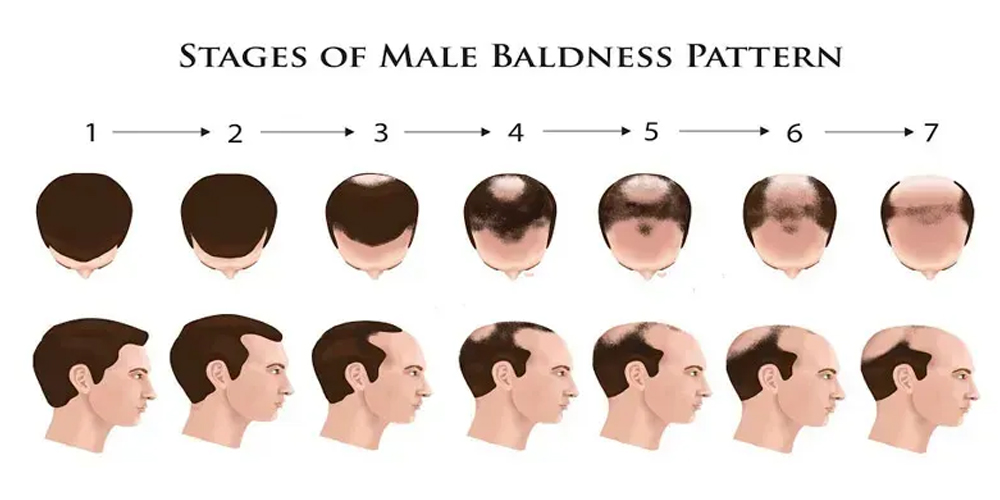
Stage 1: No Significant Hair Loss
In Stage 1, there is no noticeable hair loss. The hairline remains intact, and the individual may have a full head of hair. This stage is often characterized by a youthful appearance, and many men may not even realize they are beginning to experience male pattern baldness.
Characteristics of Stage 1
- Full Hairline: The hairline appears normal, with no signs of recession.
- Thick Hair Density: Hair density is at its peak, with no visible thinning.
- No Crown Thinning: The crown area shows no signs of hair loss.
Implications for Treatment: At this stage, treatment is typically unnecessary. However, individuals may choose to adopt preventive measures, such as maintaining a healthy diet and lifestyle, to minimize the risk of future hair loss.
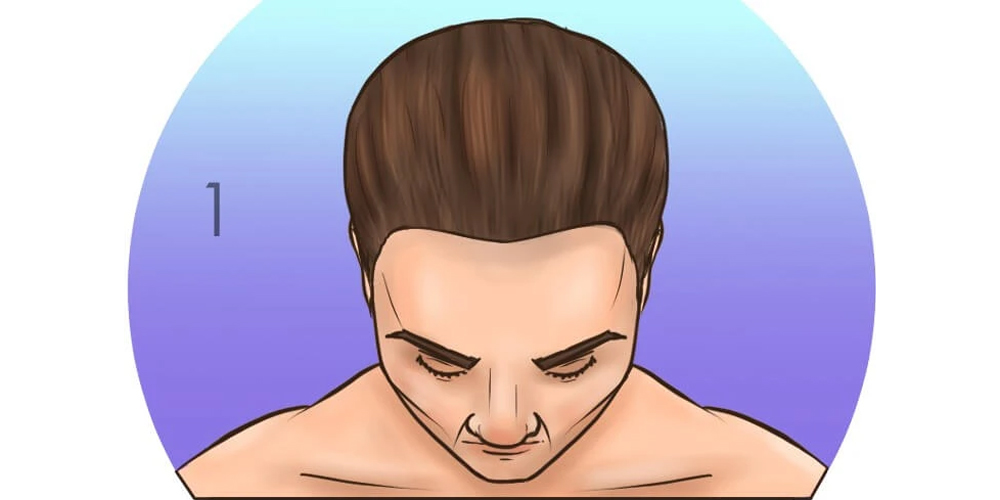
Stage 2: Minimal Recession
Stage 2 marks the beginning of noticeable hair loss, particularly at the temples. The hairline may start to recede slightly, creating an M-shaped appearance. While the overall hair density remains relatively high, some thinning may be observed.
Characteristics of Stage 2
- Slight Recession: The hairline begins to recede at the temples.
- M-Shaped Hairline: A subtle M-shaped contour becomes apparent.
- Crown Area Intact: The crown area still retains a good amount of hair.
Treatment Options: Men in Stage 2 may consider preventive treatments such as topical minoxidil or oral finasteride to slow down hair loss. Consulting with a dermatologist can help determine the most suitable approach.
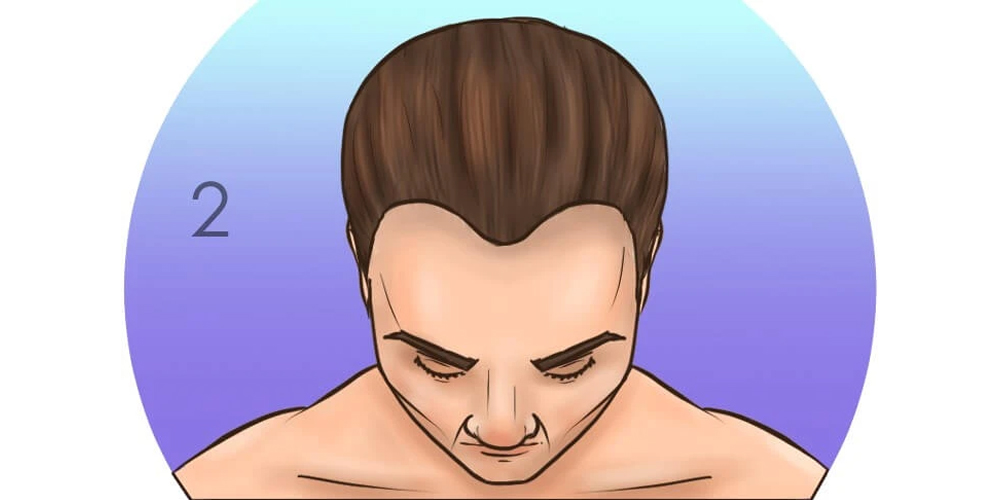
Stage 3: Moderate Recession
In Stage 3, hair loss becomes more pronounced. The hairline continues to recede, and the thinning may extend beyond the temples. This stage is often where men begin to notice significant changes in their appearance.
Characteristics of Stage 3
- Moderate Recession: The hairline recedes further, creating a more defined M shape.
- Visible Thinning: Thinning is noticeable at the crown and along the hairline.
- Potential for Bald Spots: Some men may start to develop bald spots at the crown.
Treatment Considerations: At this stage, men should consider seeking professional advice regarding treatment options. Hair transplant surgery may become a viable option for those looking for a more permanent solution.
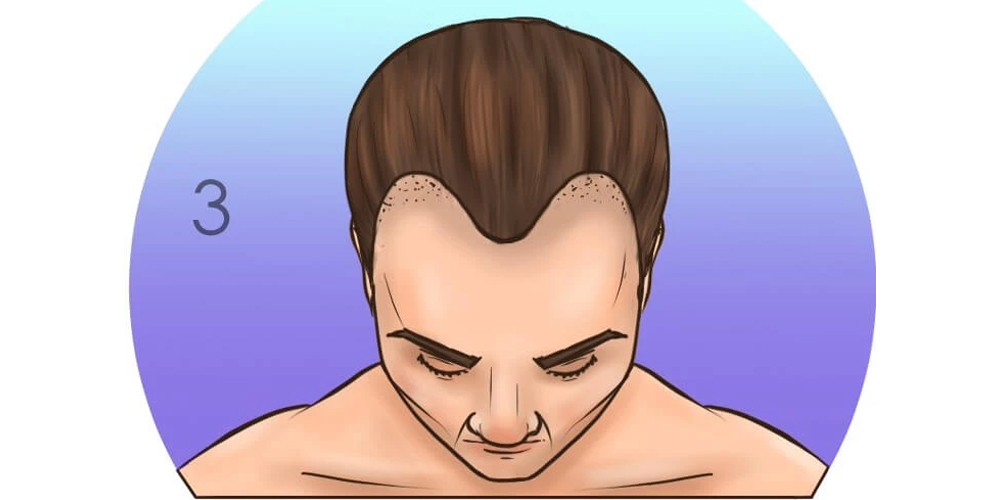
Stage 4: Advanced Recession
Stage 4 is characterized by advanced hair loss. The hairline continues to recede, and the crown area may show significant thinning. The frontal hairline and crown may appear disconnected, leading to a more pronounced bald look.
Characteristics of Stage 4
- Significant Recession: The hairline has receded considerably, creating a U-shape.
- Crown Thinning: The crown area shows substantial thinning and potential bald spots.
- Overall Hair Density Reduced: Hair density is noticeably lower than in previous stages.
Treatment Options: Men in Stage 4 may benefit from a combination of treatments, including medications and hair transplant procedures. It's essential to consult with a specialist to explore the best options for restoring hair.
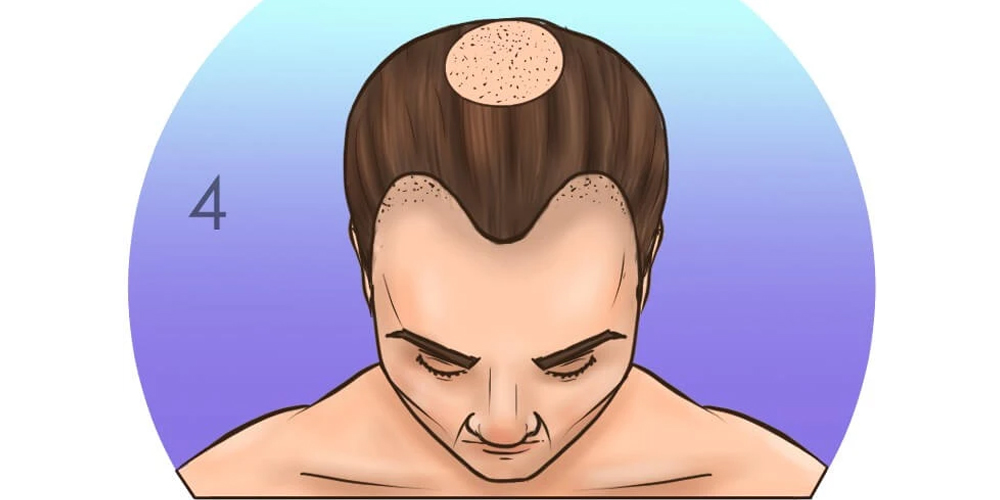
Stage 5: Severe Hair Loss
Stage 5 represents severe hair loss, with a significant portion of the scalp becoming bald. The hairline has receded further, and the crown area may be nearly bald. The remaining hair may appear sparse and thin.
Characteristics of Stage 5
- Severe Recession: The hairline has receded dramatically, often resembling a horseshoe shape.
- Crown Baldness: The crown area may be mostly bald, with only a few strands of hair remaining.
- Limited Hair Density: Overall hair density is significantly reduced.
Treatment Strategies: At this stage, hair transplant surgery may be the most effective option for restoring hair. Additionally, ongoing medical treatments may help maintain any existing hair.
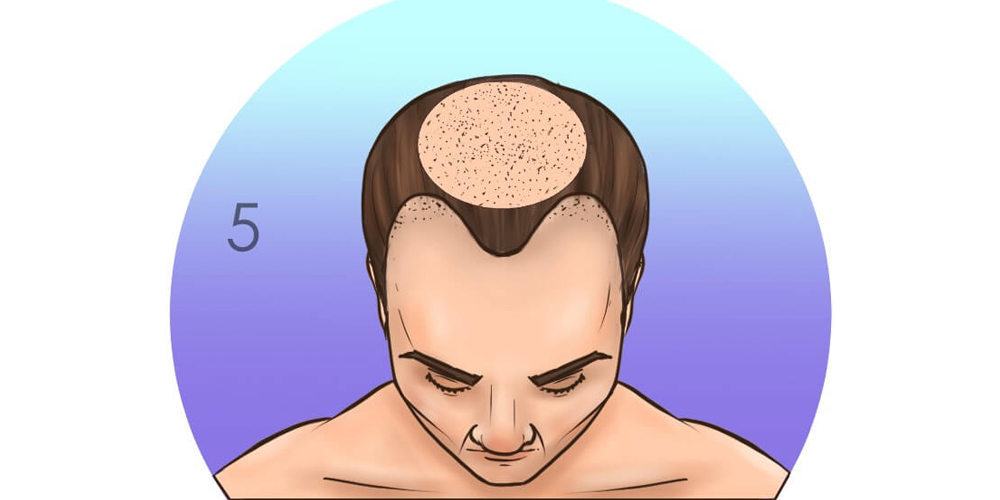
Stage 6: Extensive Baldness
In Stage 6, extensive baldness is evident. The hairline has receded to the point where only a fringe of hair remains around the sides and back of the head. The crown area is typically completely bald.
Characteristics of Stage 6
- Extensive Recession: The hairline is extremely receded, leaving little to no hair on the top of the head.
- Complete Crown Baldness: The crown area is entirely bald.
- Fringe of Hair: Only a narrow band of hair remains around the sides and back.
Treatment Considerations: Men in Stage 6 should consult with a hair restoration specialist to discuss hair transplant options. Scalp micropigmentation may also be considered to create the illusion of fuller hair.
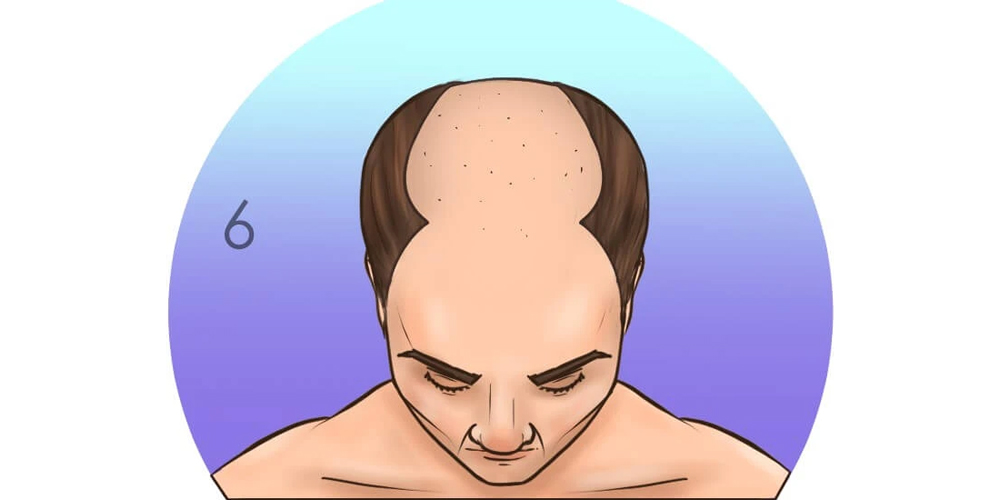
Stage 7: Total Baldness
Stage 7 represents total baldness, with very little hair remaining on the scalp. The only hair left may be found on the sides and back of the head. This stage is often the final stage of male pattern baldness.
Characteristics of Stage 7
- Total Baldness: The scalp is largely devoid of hair, with only a small fringe remaining.
- Minimal Hair Density: Any remaining hair is sparse and thin.
- Complete Loss of Hair on Top: The top of the head is completely bald.
Treatment Options: For men in Stage 7, hair transplant surgery may still be an option, but results can vary depending on the availability of donor hair. Scalp micropigmentation and hairpieces may also be considered for cosmetic enhancement.

4. Treatment Options for Male Pattern Baldness
4.1. Medical Treatments
Several medical treatments are available for managing male pattern baldness. These treatments aim to slow down hair loss, stimulate hair growth, or restore hair through surgical means.
- Minoxidil: Minoxidil is a topical solution that promotes hair growth and slows down hair loss. It is applied directly to the scalp and is available over-the-counter. Minoxidil works by increasing blood flow to hair follicles, encouraging hair regrowth.
- Finasteride: Finasteride is an oral medication that inhibits the conversion of testosterone to DHT, reducing the hormone's impact on hair follicles. By lowering DHT levels, finasteride can help slow down hair loss and promote regrowth in some men.
4.2. Surgical Options
For those seeking a more permanent solution, surgical options such as hair transplants may be considered. These procedures involve relocating hair follicles from areas of the scalp with healthy hair to balding areas.
- Follicular Unit Transplantation (FUT): FUT involves removing a strip of scalp from the donor area and dissecting it into individual follicular units for transplantation. This method can yield a large number of grafts in one session.
- Follicular Unit Extraction (FUE): FUE is a minimally invasive technique that involves extracting individual hair follicles directly from the scalp using a specialized tool. This method leaves smaller scars and allows for quicker recovery.
4.3. Lifestyle Changes and Home Remedies
In addition to medical treatments, lifestyle changes and home remedies may support hair health and slow down hair loss.
- Nutrition and Diet: A balanced diet rich in vitamins and minerals is essential for maintaining healthy hair. Nutrients such as biotin, zinc, iron, and omega-3 fatty acids play a vital role in hair growth.
- Stress Management: Stress can exacerbate hair loss, so incorporating stress-reducing practices such as meditation, exercise, and relaxation techniques can be beneficial.
Conclusion
Understanding the Norwood Scale and the stages of male pattern baldness is crucial for both patients and healthcare providers. By recognizing the characteristics of each stage, individuals can make informed decisions about treatment options and management strategies. Whether opting for medical treatments, surgical interventions, or lifestyle changes, addressing male pattern baldness requires a comprehensive approach. With the right support and resources, men can navigate their hair loss journey with confidence and dignity.
LATEST POSTS

